
Soil Health & Fertilization
We unite suppliers and green industry professionals worldwide
With its uniquely blue-green foliage, Halcyon Hosta is indeed a standout in shaded landscapes
By Victor Miller
|Published on June 11, 2025
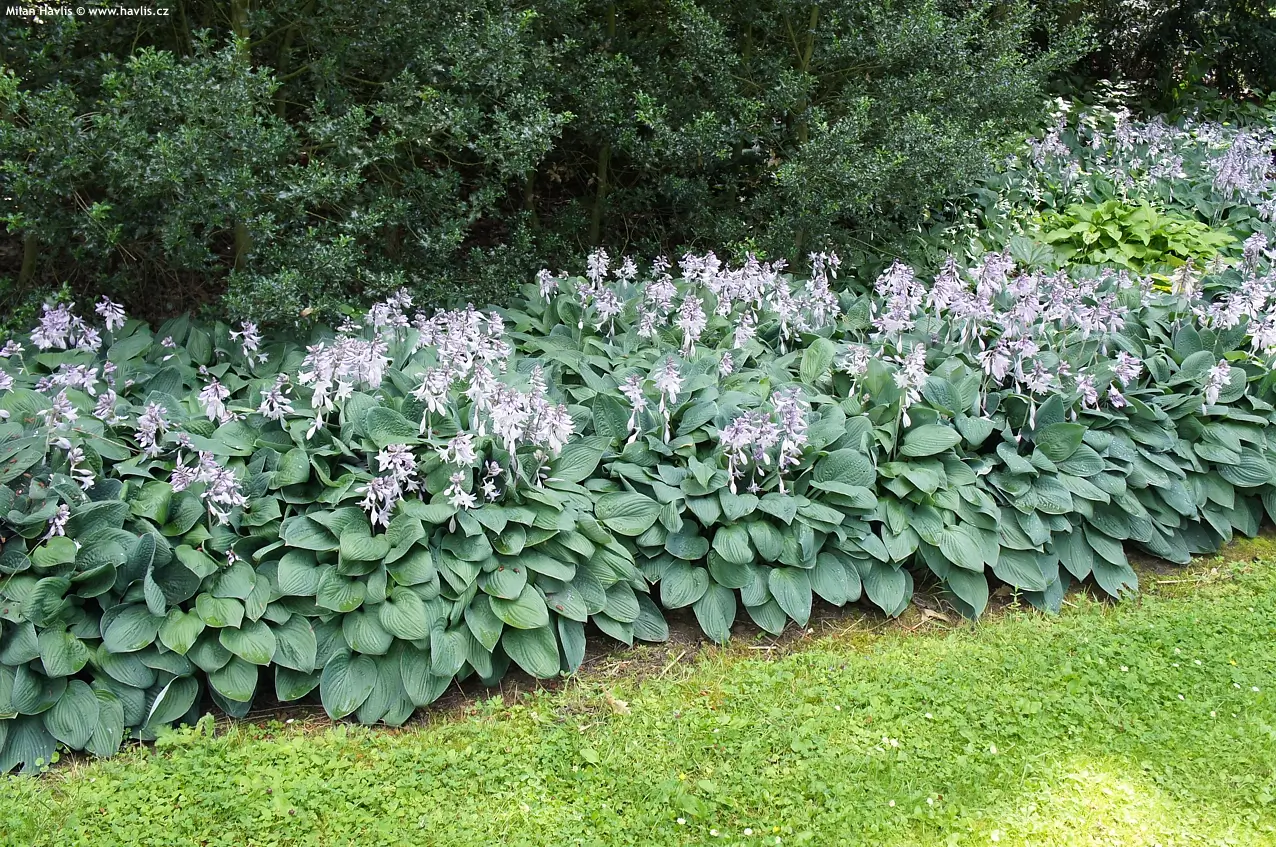

With its uniquely blue-green foliage, Halcyon Hosta is indeed a standout in shaded landscapes! This compact, clumping perennial is prized for its thick, heart-shaped leaves, which maintain their dazzling powdery-blue color longer than most hostas. Its understated elegance adds depth and texture in a garden by a part shade wall.
Unlike some delicate hostas, Halcyon boasts slug-resistant leaves due to its thick, waxy foliage. It has delicate lavender flowers in late summer that attract hummingbirds and other pollinators. A cool-toned favorite to enhance shaded spaces, Halcyon Hosta thrives in borders, woodland gardens, or containers and remains with little horticultural requirements
| Botanical Name | Hosta 'Halcyon' |
| Common Name | Halcyon Hosta |
| Mature Size | 18 inches tall, 30-36 inches wide |
| Light Requirements | Partial to full shade |
| Soil | Fertile, humid, well-drained |
| Watering Requirements | Consistent moisture, but not soggy |
| Hardiness Zones | 3–9 |
| Bloom Time | Late summer |
| Flower Color | Lavender |
| Foliage Color | Blue-green |
| Growth Rate | Moderate |

September 25, 2025
9 minute read
September 24, 2025
9 minute read
September 23, 2025
10 minute read
September 22, 2025
9 minute read


Join as a seller and connect with thousands of B2B buyers nationwide!
Sign Up
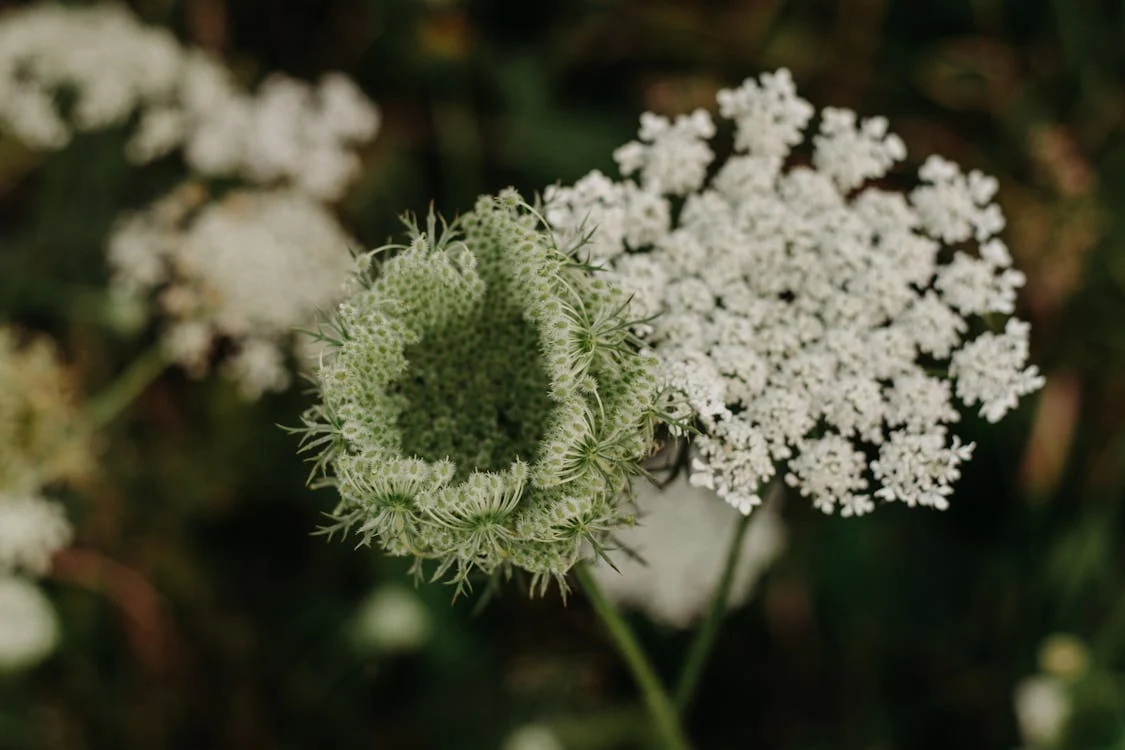
Queen Anne’s Lace
Queen Anne’s Lace has long inspired the imagination of both gardeners and herbalists alike with its umbrella-shaped clusters of white flowers and feathery, fern-like foliage.
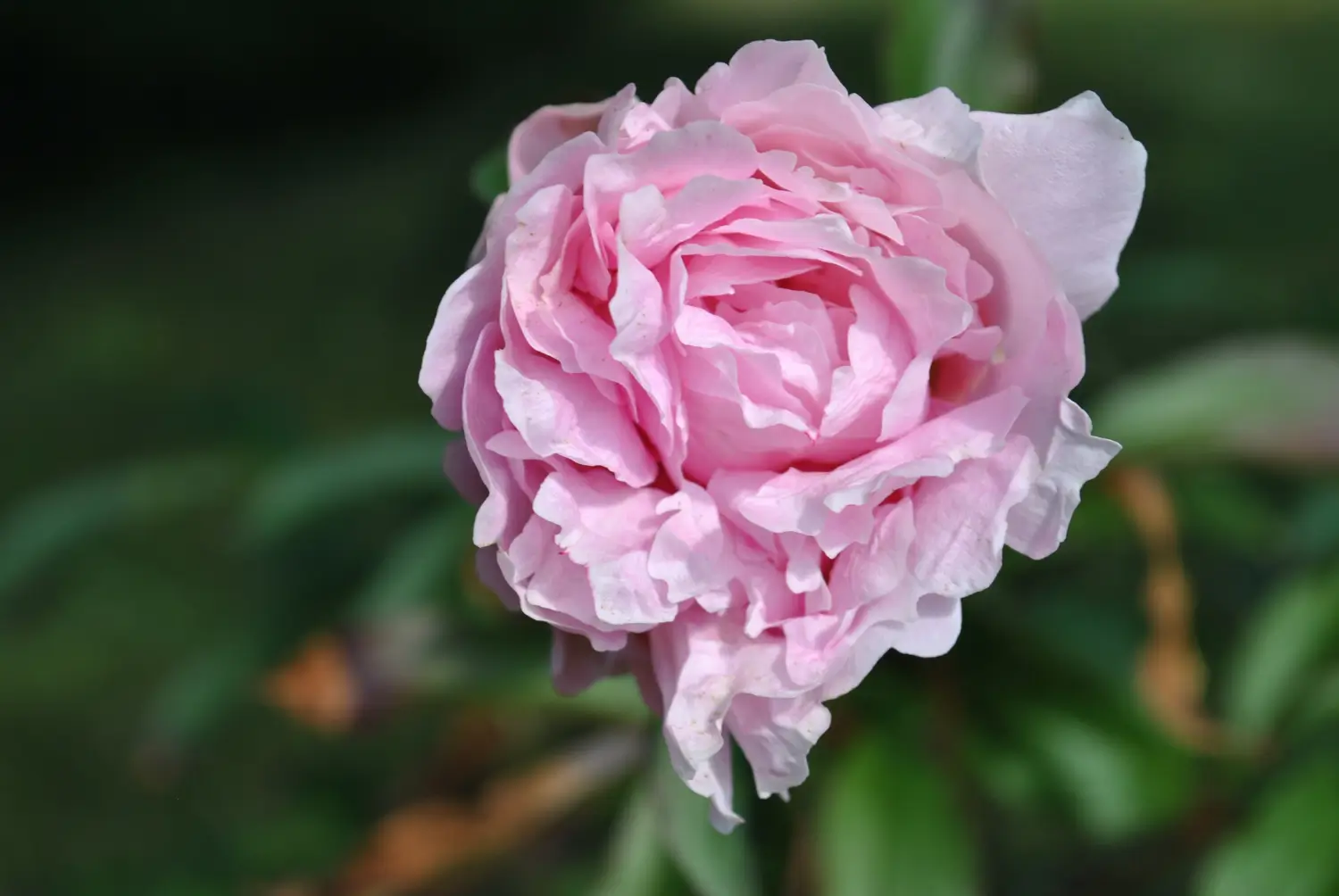
Queen Elizabeth Rose
The Queen Elizabeth Rose is elegant, commanding and dignified, it’s a garden staple that feels as if it belongs in a palace courtyard. Tall, upright, and crowned with clusters of soft pink blooms, this rose serves as a living tribute to one of history’s m
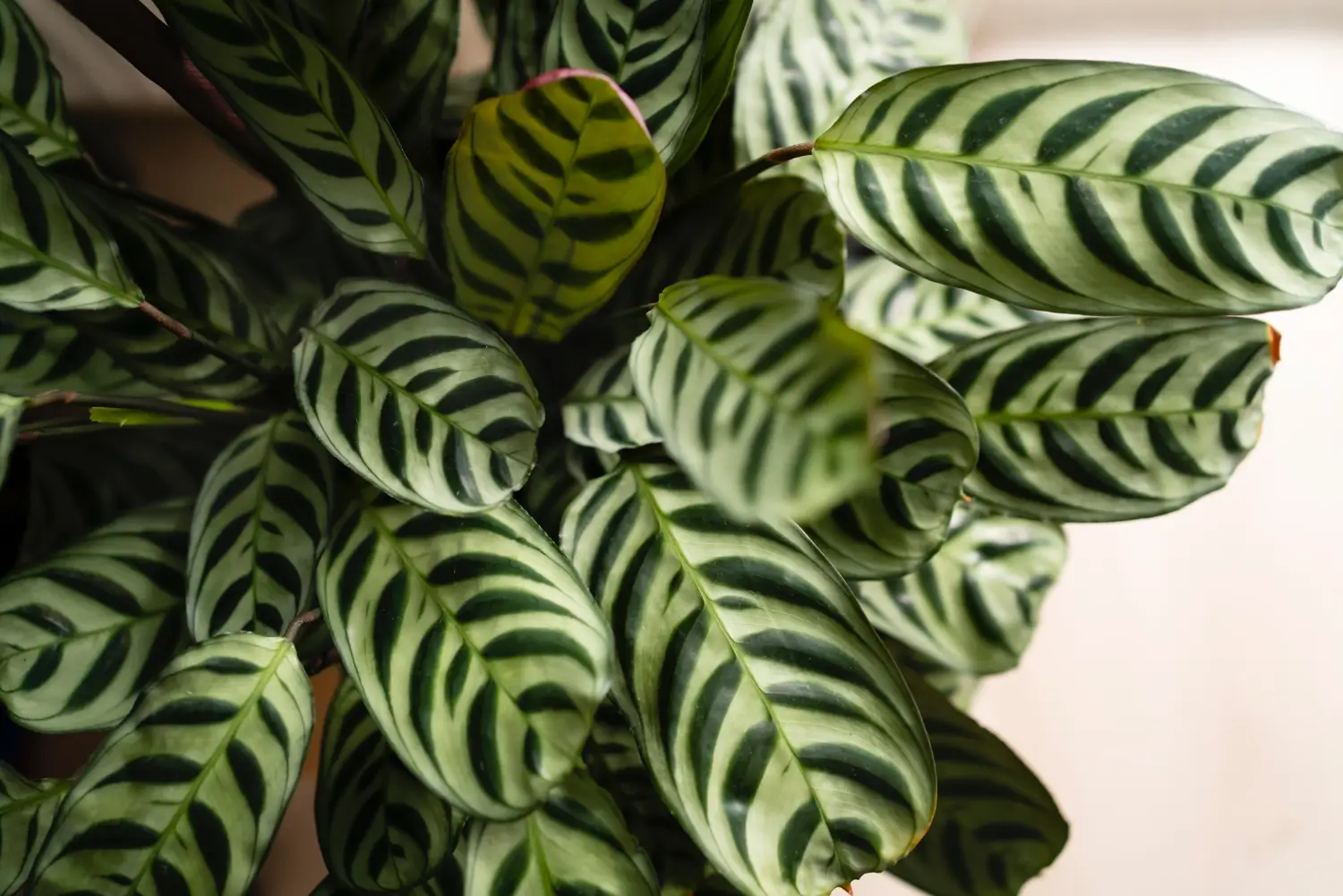
Calathea Fasciata
Meet Calathea Fasciata! This tropical beauty is part of the Marantaceae family, also known as the "prayer plant" family
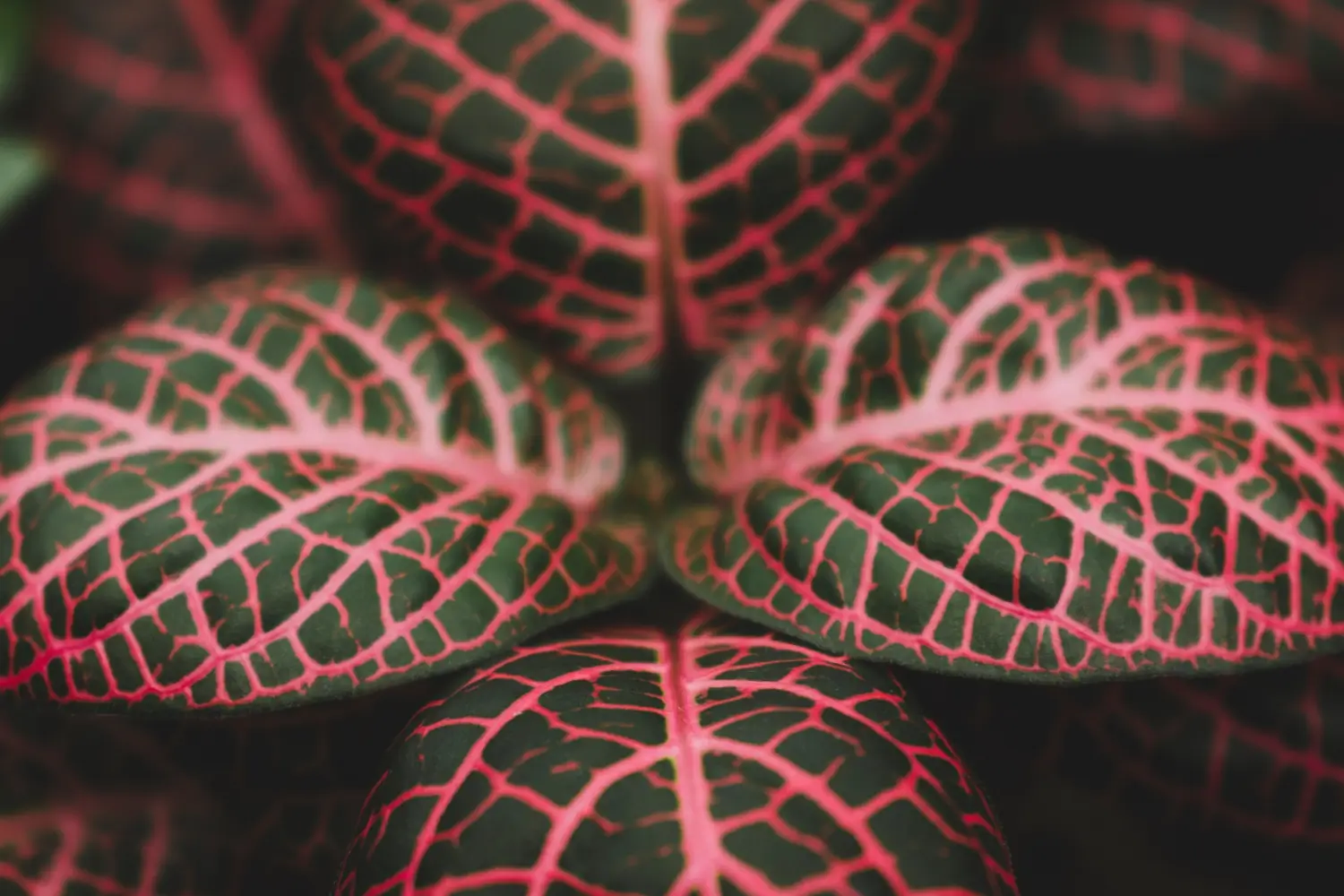
Caladium
Have you had that feeling to add a splash of color to your garden and get it all done in a jiffy? You must get Caladium, or “Angel Wings” for its enormous heart-shaped leaves
One of the easiest perennials to grow, Halcyon Hosta thrives with minimal effort, provided it has rich soil, shade, and regular moisture. It also excels for cool, shaded gardens because it keeps vibrant blue foliage longer than the vast majority of hostas.
Wants the shade: Halcyon Hosta — This one’s a classic go-to plant for darker areas of the garden where many perennials will not grow. Filtered sunlight or dappled shade are best. In hot climates, they can scorch in direct sunlight.
This hosta does best in moist, nutrient rich, well-draining soil. Loam and compost are all you need for the best environment. Though it tolerates a variety of soil types, heavy clay or very sandy soil must be enriched with organic material to improve drainage and fertility.
The secret to a happy Halcyon Hosta is keeping the soil moist all the time. However, you generally only need to water deep once a week or maybe twice, depending on climate conditions. Too-dry conditions can make the leaf edges turn brown, too-wet conditions can cause root-rot.
Unlike many other high-maintenance plants, Halcyon Hosta needs very little pruning. And those tasks consist only of removing spent flowers after blooming and cutting back yellowing foliage at the end of the growing season.
As Halcyon is a perennial, it will return year after year and require only occasional trims beyond these seasonal clean-ups.
The simplest method of propagating Halcyon Hosta is by division, which produces new plants and rejuvenates older clumps as well.
It can also be propagated in seeds, but this method is less used since hostas from seeds may not have the same characteristics as the parent plant.
Halcyon Hosta also grows in containers, perfect for those with small gardens; its cool-toned foliage can brighten up patios, balconies or shaded entryways.
Grown in a container, hostas may need to be divided every 3-4 years to prevent overcrowding.
In colder months, Halcyon Hosta is winter-hardy in zones 3–9 and requires minimal care. But with a few steps, it can emerge healthy and vibrant come spring.
Although prized mainly for its stunning foliage, Halcyon Hosta produces delicate lavender flowers on tall spikes in late summer. These nodding, bell-shaped blooms attract bees, butterflies and hummingbirds, creating a pollinator-friendly enhancement to shade gardens.
Although a nice bonus, many gardeners will cut it the flowering stalks early to keep focus on the plant lush leaves. This promotes more leaf foliage and a tidier all-round appearance.
Even though Halcyon Hostas are quite easy-going, they can encounter a few challenges, predominantly pest and environmental stress.
Halcyon Hosta is a low-maintenance plant that is problem-free when planted in the right environment and cared for.
For a good reason, Halcyon Hosta is a garden favorite, with its cool, blue-green foliage, shade tolerance, and low-maintenance nature. Whether grown in borders, woodland gardens or containers, this dazzling perennial brings a satisfying calmness and air of elegance to the landscape. If you want a tough, long-lived hosta, Halcyon is a terrific option.
No. It likes partial to full shade. Excessive sun can result in scorching and bleached color.
It is a moderate grower and will typically full size in 3-5 years.
Yes — deer love hostas. If you know that there are deer within your range, set deterrent plants in the neighborhood or use deer repellents.
It is possible to grow it at home, but its best features shine best outdoors. Conditions elsewhere indoors are seldom humid or spacious enough for them to thrive properly.
One early spring application of a balanced, slow-release fertilizer is typically sufficient.

Soil Health & Fertilization
Victor Miller

Pest Identification & Prevention
Victor Miller

Lawn Care Tips & Maintenance
Victor Miller

Soil Health & Fertilization
Victor Miller

Smart Irrigation Systems
Victor Miller

Patios, Walkways & Driveways
Victor Miller

Soil Health & Fertilization
Victor Miller

Pest Identification & Prevention
Victor Miller
My Account
Our team is always here to help.
We are open Monday - Friday, 9:00 AM to 4:30 PM PST.